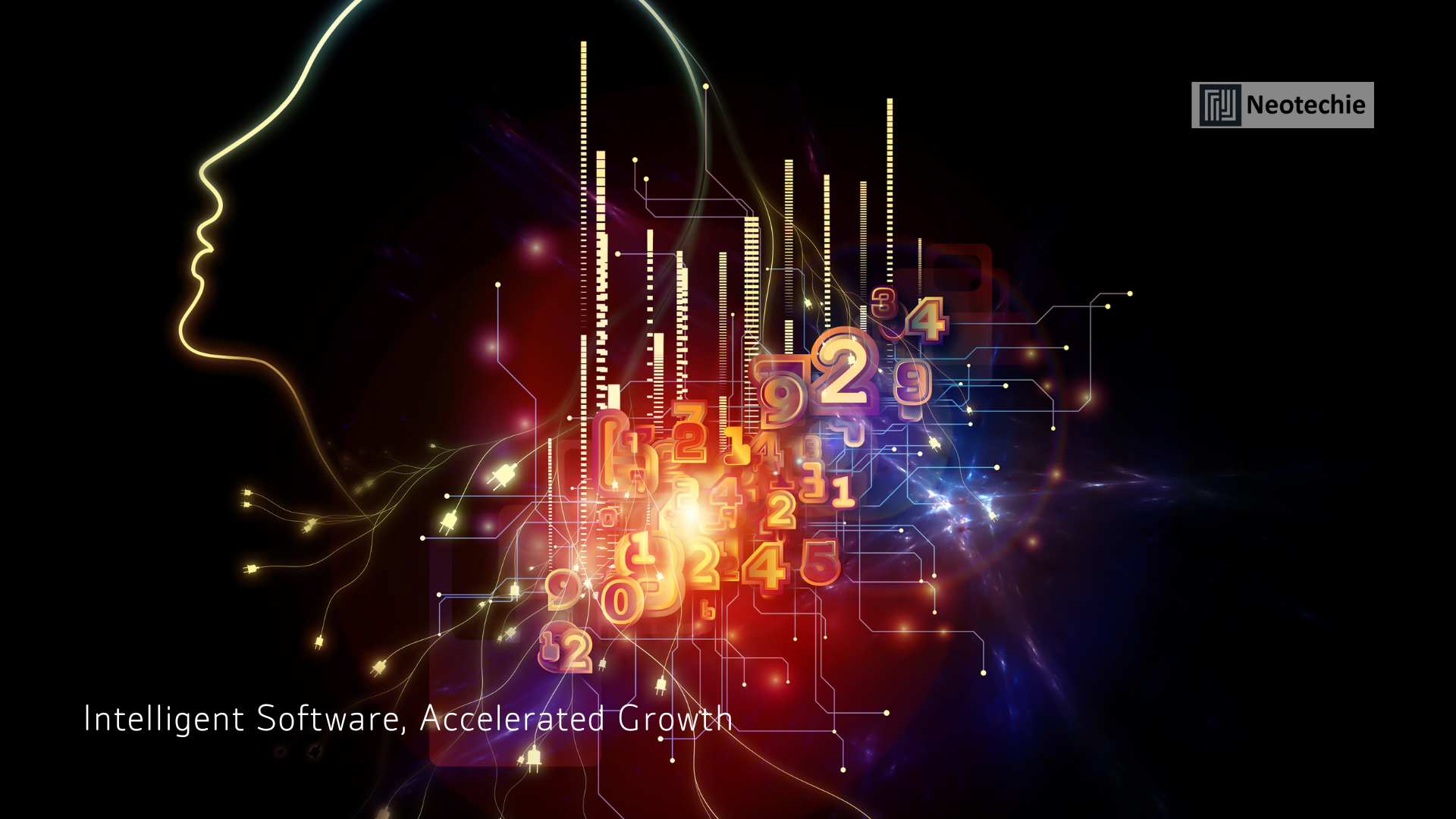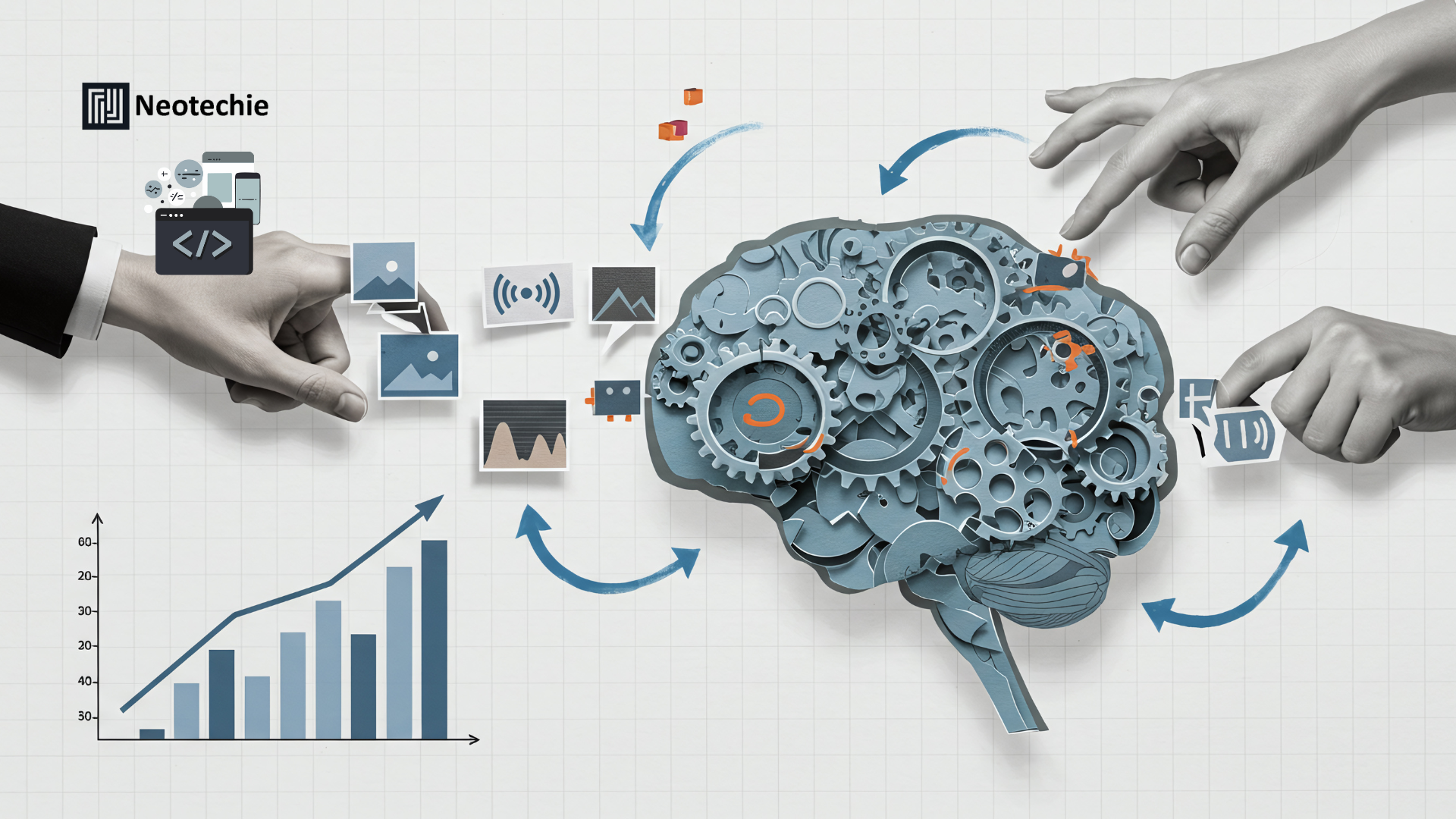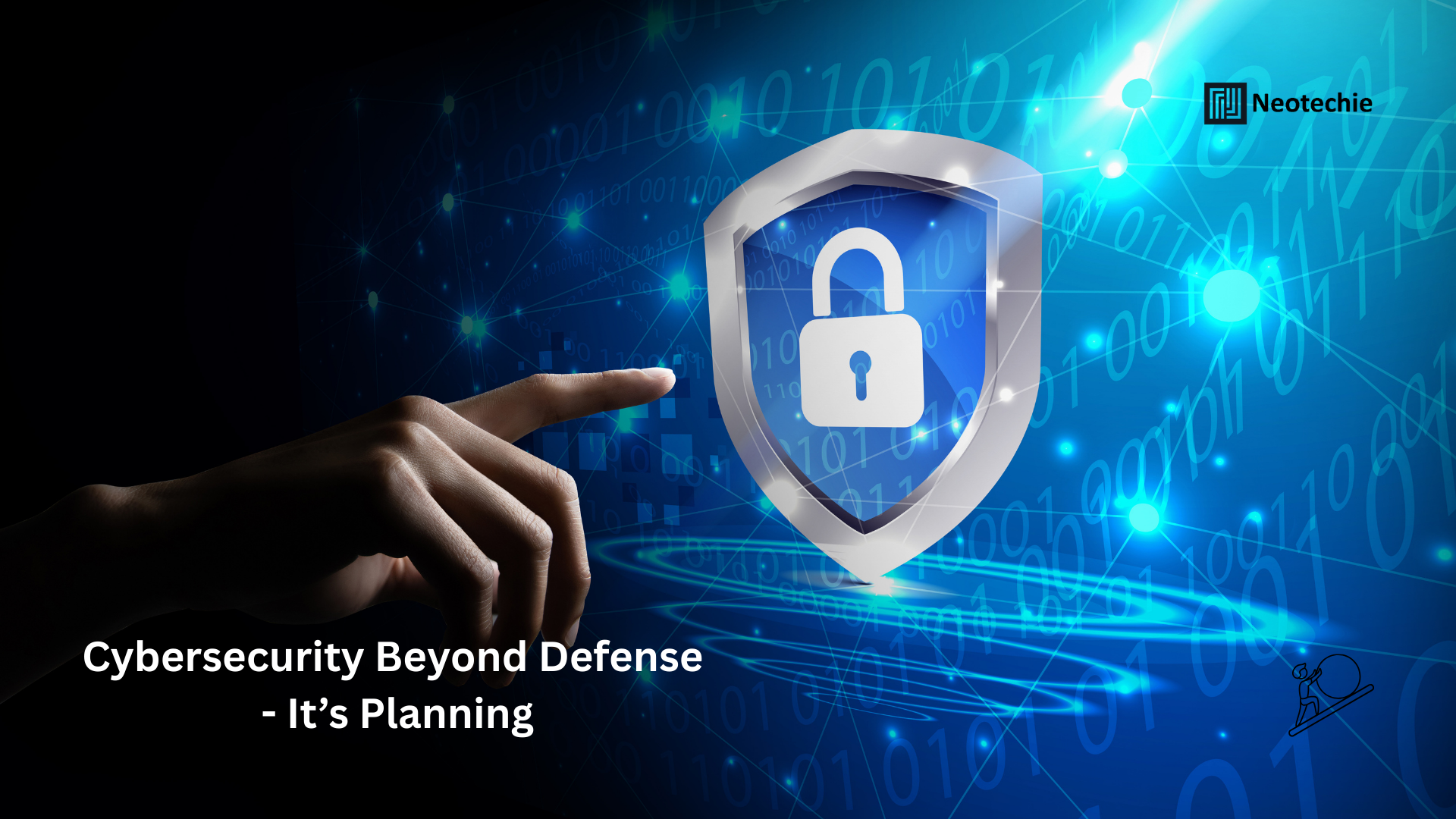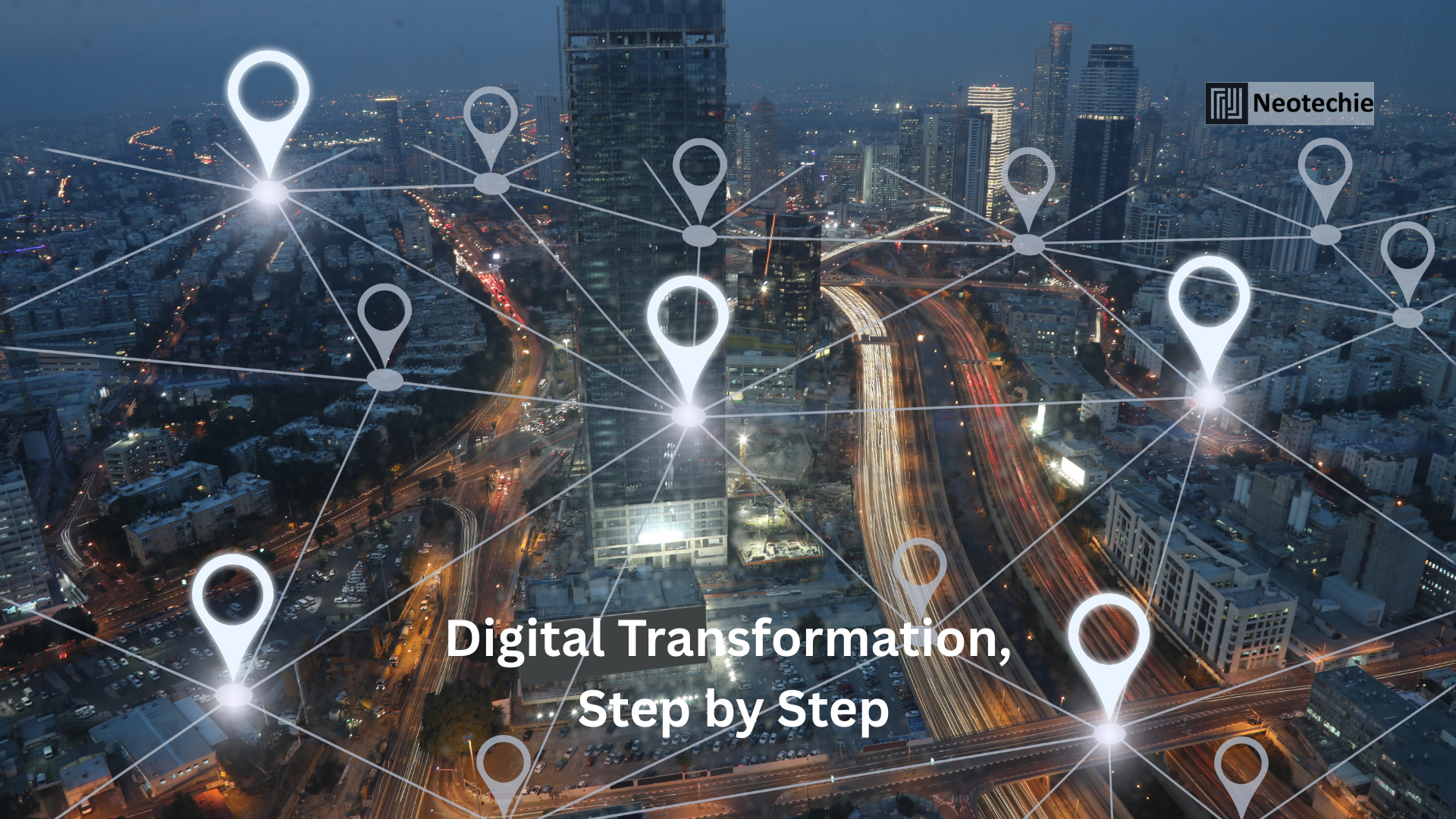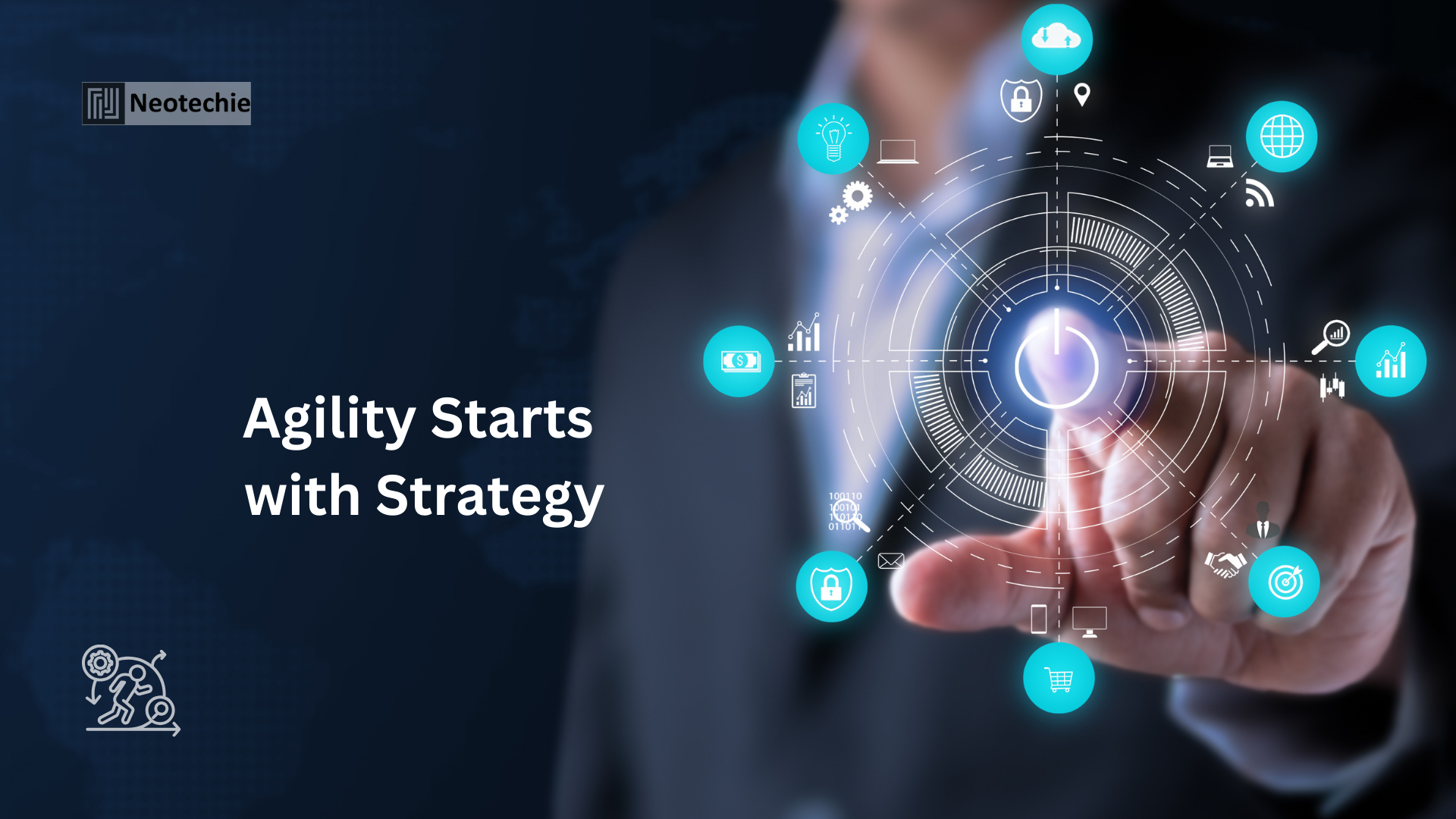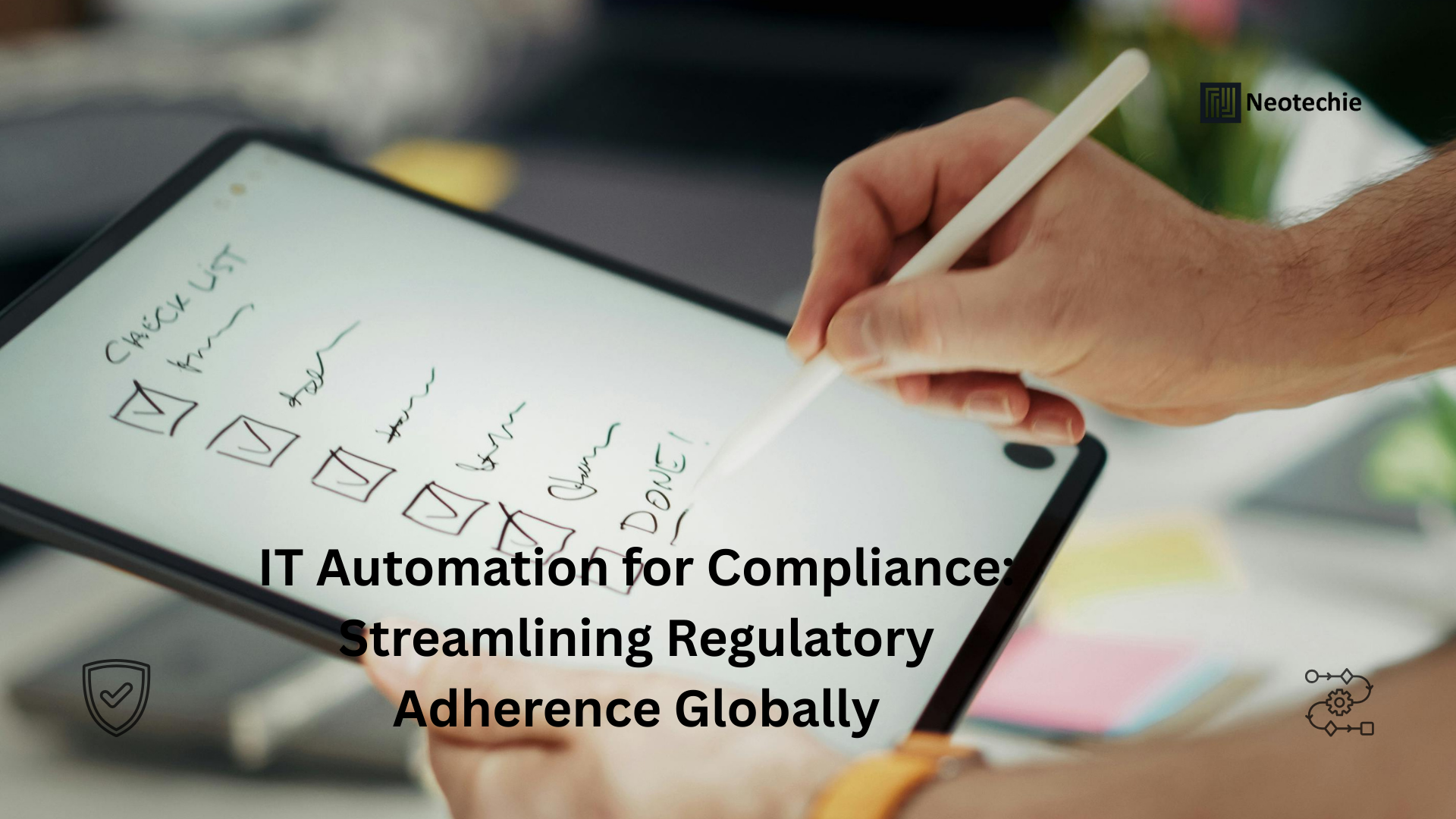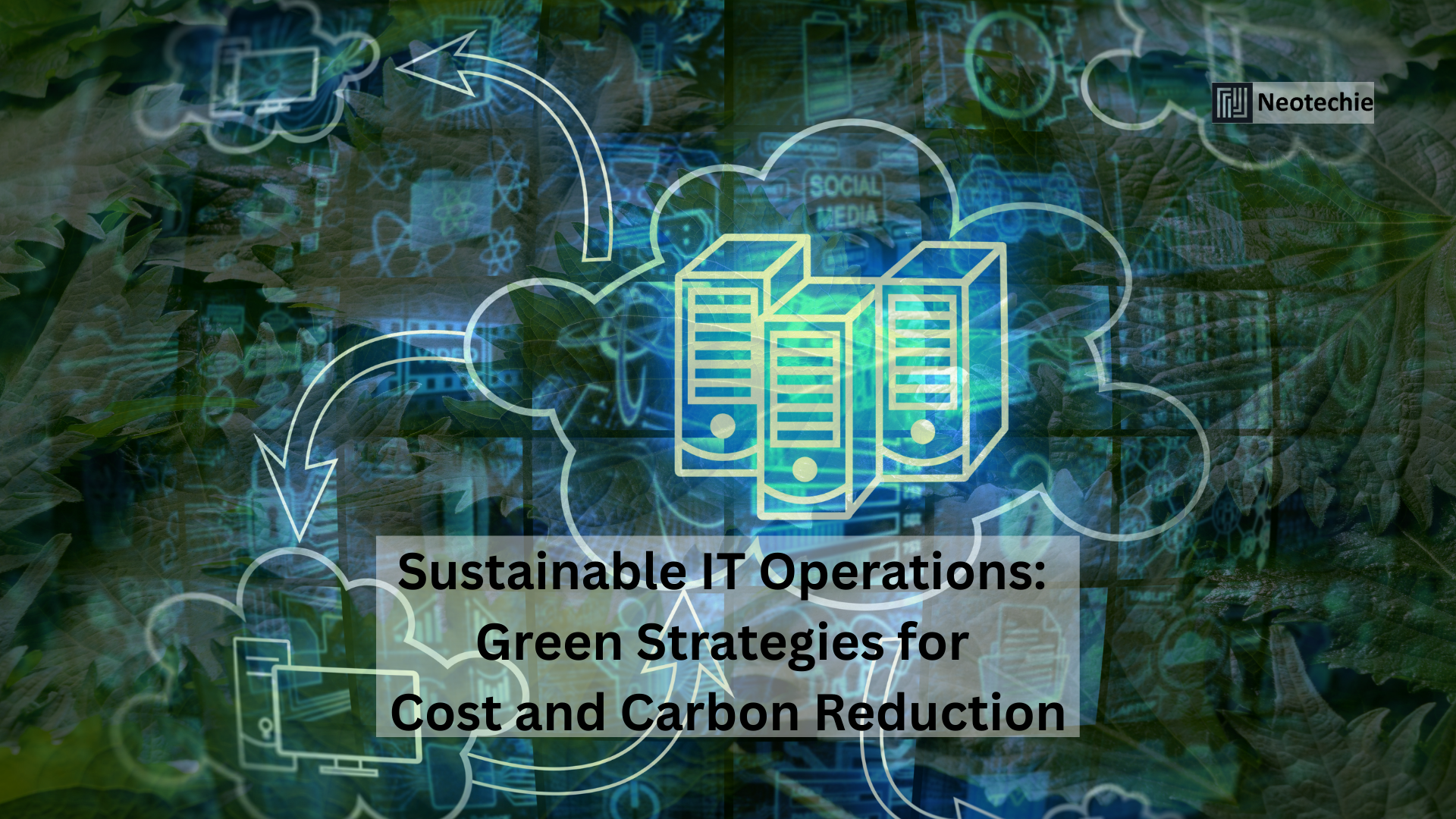Modern businesses rely on intelligent software to streamline operations, support growth, and foster innovation. Software solutions today go beyond basic applications, offering scalability, security, and adaptability that transform business processes and empower organizations to make informed, strategic decisions.
Building Scalable and Adaptive Software
Scalable software is designed to grow alongside your business, handling increasing workloads without compromising performance. Modular architecture allows businesses to add new features or expand functionalities incrementally, reducing disruption and maximizing efficiency. Cloud-based solutions further enhance scalability by offering flexible resource allocation and rapid deployment, ensuring that the software adapts to evolving business demands.
Adaptive software also evolves with changing market conditions and technological advancements. It can adjust workflows, integrate emerging tools, and respond to user needs dynamically. This adaptability ensures that businesses remain agile, efficient, and capable of leveraging software as a strategic growth asset.
Enhancing Operational Efficiency Through Automation
Intelligent software automates routine and repetitive tasks, reducing human error and freeing employees to focus on strategic initiatives. Workflows such as inventory management, payroll processing, invoice generation, and report compilation can be automated, accelerating operations and improving accuracy.
Software integration ensures seamless data flow across departments, minimizing bottlenecks and enabling cross-functional collaboration. By streamlining processes, businesses save time, reduce operational costs, and boost productivity, allowing human resources to be deployed for innovation-driven tasks.
Leveraging Data for Smarter Decisions
Modern software consolidates data from diverse sources into unified platforms, enabling actionable insights through dashboards, reports, and analytics. Predictive analytics allows organizations to forecast trends, identify risks, and anticipate opportunities, providing a foundation for informed, strategic decisions.
For instance, sales software can analyze customer behavior to predict demand, while operational dashboards monitor efficiency and highlight areas for improvement. These insights enable leaders to optimize resource allocation, enhance operational performance, and make proactive decisions that drive business growth.
Ensuring Security and Compliance
Secure software protects sensitive data, ensures regulatory compliance, and builds stakeholder trust. Advanced measures such as encryption, multi-factor authentication, role-based access control, and continuous monitoring prevent unauthorized access and data breaches.
Regulatory compliance features embedded in software help businesses adhere to standards like GDPR, HIPAA, or financial reporting requirements. Ensuring both security and compliance mitigates risks, safeguards reputation, and provides a stable foundation for sustainable growth.
Driving Innovation with Emerging Technologies
Software becomes a platform for innovation when integrated with emerging technologies like AI, ML, IoT, and automation tools. AI and ML optimize processes, identify patterns, and provide intelligent recommendations, while IoT enables real-time monitoring and predictive maintenance.
These integrations enhance operational efficiency, customer engagement, and overall business innovation. By embedding advanced technologies, businesses can continuously evolve, create new opportunities, and maintain a competitive advantage in their industry.
How Intelligent Software Drives Business Transformation
- Operational Efficiency: Automation and integration reduce manual effort, streamline workflows, and increase productivity.
- Scalability and Flexibility: Modular, cloud-based software adapts to growing business demands and changing market conditions.
- Data-Driven Decision-Making: Analytics and predictive insights provide leaders with actionable intelligence for informed strategies.
- Security and Compliance: Advanced security measures and regulatory adherence protect assets, reduce risk, and build trust.
- Innovation and Competitive Advantage: Integration with AI, ML, IoT, and other technologies fosters continuous improvement, operational agility, and differentiation in the market.
Neotechie’s Software Development Solutions
Neotechie offers comprehensive software development services that empower businesses to achieve operational excellence and innovation:
- Custom Software Development: Build scalable, adaptive solutions tailored to unique business needs.
- Automation and Workflow Optimization: Streamline processes and integrate systems to reduce errors and save time.
- Data Analytics and Business Intelligence: Leverage dashboards, reporting, and predictive analytics for actionable insights.
- Secure and Compliant Software: Implement robust security measures and compliance features to protect data.
- Integration with Emerging Technologies: Embed AI, ML, IoT, and other advanced tools to enhance capabilities and drive innovation.
Client Success Stories: Organizations partnering with Neotechie have experienced improved operational efficiency, faster decision-making, enhanced customer experiences, and continuous innovation, resulting in measurable growth.
Conclusion
Intelligent software solutions enable businesses to optimize operations, leverage data, maintain security, and innovate continuously. By adopting scalable, secure, and adaptive software, organizations can transform workflows, make informed decisions, and gain a competitive edge. Neotechie’s software development services provide tailored solutions that drive long-term growth, operational excellence, and business transformation.
Partner with Neotechie to develop intelligent, scalable, and secure software solutions that accelerate growth and drive innovation. Contact us today to transform your business

